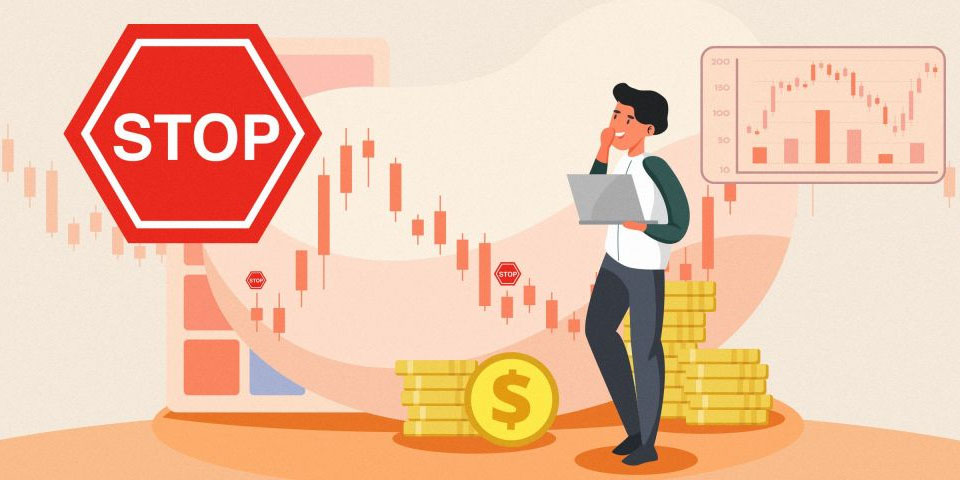Temporary suspension of stock trading on the stock exchange
1- Purpose and mechanism of a trading halt
A trading halt is a temporary suspension of trading activity in financial markets, usually implemented to maintain market stability and integrity during periods of increased volatility, news releases, or operational issues. The primary purposes of a trading halt are:
Restore market order: The purpose of a trading halt is to provide a cooling-off period when prices are moving too quickly, potentially leading to panic or market disorder. This pause allows investors to process information and make more informed decisions.
Prevent market manipulation: A trading halt can prevent manipulation or exacerbate price fluctuations that may occur due to fraudulent activities or speculative trading. This gives regulators time to assess the situation and determine whether manipulative activities are taking place.
Facilitate price discovery: Stops can facilitate a more efficient price discovery process and ensure that prices reflect all available information. This can be especially important in the aftermath of major news events, earnings announcements, or macroeconomic data releases that may affect investor sentiment.
Investor protection: By temporarily halting trading during periods of extreme volatility, a stop protects investors from making impulsive or irrational decisions that may be triggered by sudden market swings. This protection is particularly valuable in markets with high retail participation.
A stop mechanism typically consists of a set of pre-established rules set by the exchange or regulatory authority. These rules specify the criteria under which trading can be suspended, the duration of the stop, and the conditions under which trading can resume. For example, in the United States, the SEC and NYSE have implemented circuit breakers that automatically halt trading for 15 minutes if the S&P 500 index falls 7%, 13%, or 20% in a single day.
2. Regulatory Perspectives on Trading Halts
From a regulatory perspective, trading halts are considered a tool to ensure fair and orderly markets. Regulatory authorities such as the SEC, the European Securities and Markets Authority (ESMA), and local exchanges set guidelines on when and how trading halts should be implemented. The use of circuit breakers and price limits reflects these regulatory concerns:
Market integrity: Regulators implement trading halts to prevent extreme price fluctuations from undermining the credibility and integrity of the financial market. Without these pauses, sudden market fluctuations could lead to investor losses and loss of confidence.
Transparency and fairness: Trading halts during major news events, such as mergers, acquisitions, or earnings reports, ensure that all investors have equal access to relevant information. This prevents market manipulation or insider trading and promotes fairness.
Preventing systemic risk: Trading halts can help prevent the spread of systemic risk throughout the financial system. In some cases, extreme volatility in one asset class or sector can have negative effects on the broader market. Temporary trading suspensions give regulators and market participants time to assess the broader implications of such moves.
Trading halts are also a response to the unique market conditions of different countries. For example, in China, trading halts were introduced as part of the circuit breaker system in 2016, but after significant market disruptions, the system was temporarily suspended, highlighting regulatory challenges in balancing market stability with liquidity.

